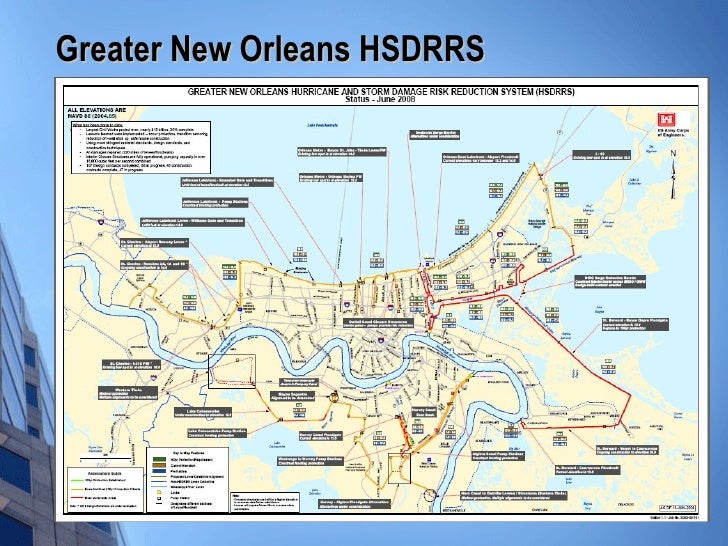 by James C. Sherlock
by James C. Sherlock
I have worked for at least ten years — many of those with now-Attorney General Miyares when he was my delegate — to get Virginia to step up to the Louisiana model for flood control.
Louisiana. The Louisiana model is a state-federal partnership in which the U.S. Army Corps of Engineers is the federal executive agent in the Civil Works program and the state is the non-federal sponsor, a role with planning, funding and operational management responsibilities.
Today Louisiana celebrated the completion of the Hurricane and Storm Damage Risk Reduction System (HSDRRS) that will defend the Greater New Orleans area against severe storms, including those with a one-percent chance of occurring in any given year.
HSDRRS is of similar complexity to a system to defend Hampton Roads.
Five things to know about using the Louisiana approach in Virginia:
- The Civil Works program is the only way the feds will pay 65% of the costs;
- The Corps of Engineers is by far the nation’s leading flood mitigation engineering organization;
- There is no local jurisdiction or combination of local jurisdictions in Virginia that is capable of stepping up to the non-federal sponsor role;
- In Louisiana, the velocity of federal funding in the state’s economy produced more state tax money than the total state contribution; and
- The General Assembly has rejected legislation that enables state participation in the Civil Works program multiple times. Each rejection has cited the fantasy that municipalities can work together to serve as non-federal sponsor. Hampton Roads jurisdictions worked on that for years and surrendered the effort as a lost cause. Why? One reason: Regional planning authorities have neither the authority nor the resources to serve as operations managers. And never will. For a multi-jurisdictional project of that scale, only the state does.
The Civil Works program is the only feasible flood mitigation solution for Hampton Roads. The Youngkin administration, the General Assembly and Virginia’s congressional delegation will have to coordinate to make it happen. But Louisiana has shown it can happen.
Hampton Roads’ people, its economy, the economy of the state, and the massive federal installations and network of private companies in Hampton Roads that support national security depend on that solution.

Leave a Reply
You must be logged in to post a comment.